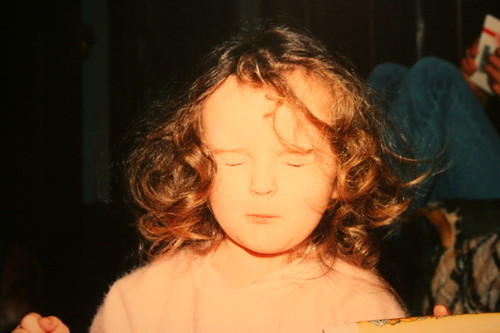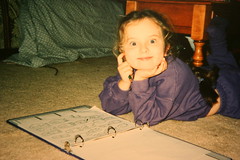 So today at the CBC Radio Orchestra's recording session they were playing works by and inspired by Haydn. Haydn, though kind of old-fashioned, makes music that I find really nice and easy to study to. The concert was as follows:
So today at the CBC Radio Orchestra's recording session they were playing works by and inspired by Haydn. Haydn, though kind of old-fashioned, makes music that I find really nice and easy to study to. The concert was as follows:
Haydn • Symphony No.3 in G major
Brahms • Variations on a theme of Haydn
Schnittke • Moz-art a la Haydn
Haydn • Symphony No.80 in D minor
After the show an old man found one of the CBC staff out in the lobby so he could complain about the show. He had his knickers in a knot over the Schnittke piece, because he was upset that someone had dropped some "jazz" into the program.
Personally, I thought that piece was easily the most interesting part of the concert. It was distinctly modern and untraditional, and that made it a little more challenging to listen to. The CBC Orchestra has a tradition of showcasing compositions that are not often heard and commissioning new works, so I've come to expect that they'll play things that I've never heard of push the boundaries a little.
The first thing that you notice with the Schnittke piece is that all the players are standing. There are two groups of five violins on either side of the stage with two cellos and a bass in the middle. The piece starts with the lights off and the first notes you hear are quiet, atonal and dischordant. They become gradually louder and slowly they begin to form two distinct melodies, one on each side of the stage.
Gradually these two melodies become closer and closer together, until they are the same, and the players move closer together until they are standing in a line. Eventually though, the two factions begin to disagree. There is a fight as the two melodies compete with each other and finally the two break apart and play music that is increasingly dischordant, and the lights fade as the music fades and the players walk off the stage, detuning their instruments as they go.
Sunday, September 23, 2007
Schnittke
Posted by
erin
at
9:31 PM
![]()
Subscribe to:
Comment Feed (RSS)







|